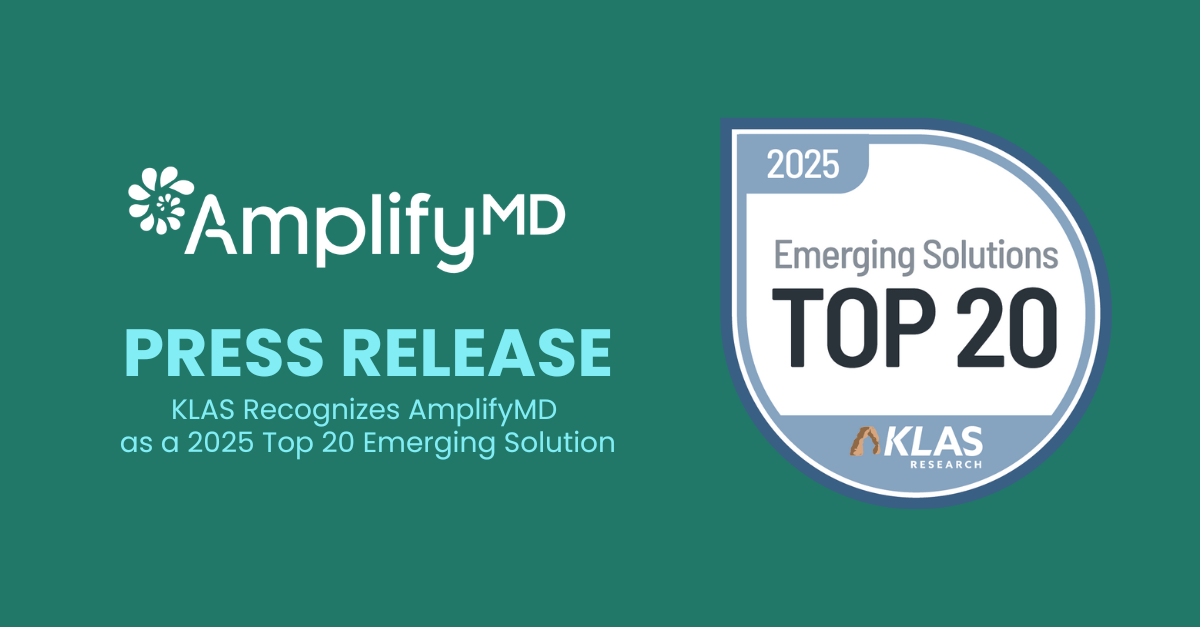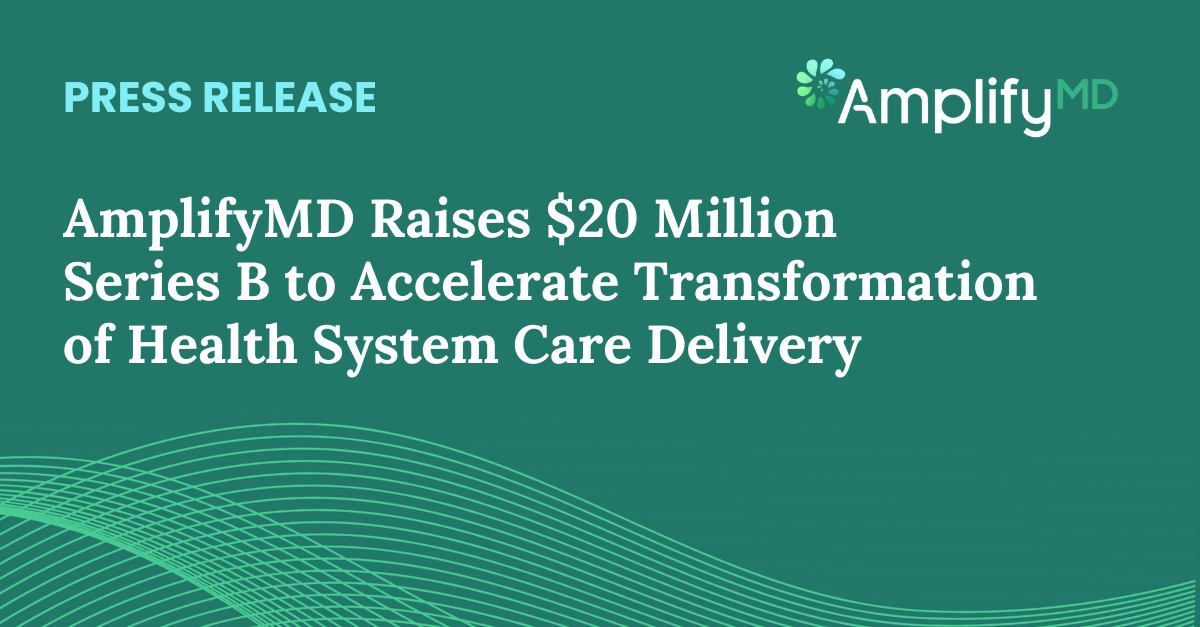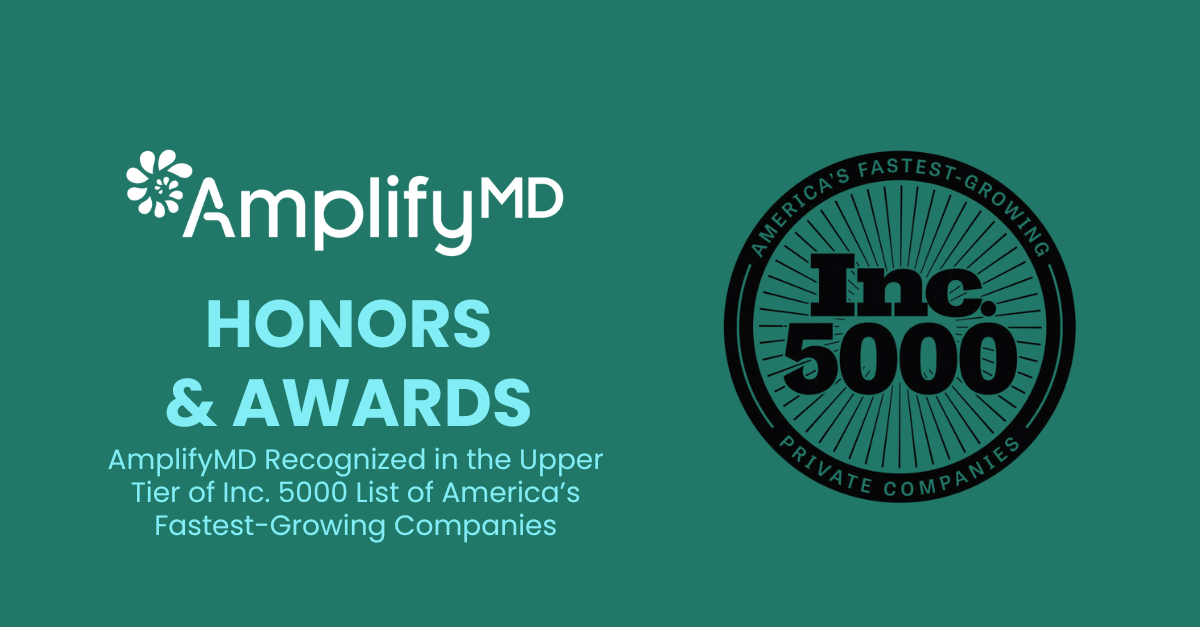Our latest posts

AmplifyMD Named to The Healthcare Technology Report’s Top 50 Healthcare Technology Companies of 2025
The Healthcare Technology Report has announced its Top 50 Healthcare Technology Companies of 2025,…

KLAS Recognizes AmplifyMD as a 2025 Top 20 Emerging Solution
2025 KLAS Top 20 Emerging Solutions Los Gatos, CA — October 22, 2025 —…

AmplifyMD Raises $20 Million Series B to Accelerate Transformation of Health System Care Delivery
Funding led by Forerunner Ventures accelerates the impact of AmplifyMD’s AI-enabled multispecialty virtual care…

Keeping Proceduralists in the OR: A Smarter Model for Hospital Leaders
For hospitals, procedural service lines such as cardiology, gastroenterology, and orthopedics drive both revenue…

AmplifyMD Recognized in the Upper Tier of Inc. 5000 List of America’s Fastest-Growing Companies
Inc. has unveiled its 2025 Inc. 5000 list of America’s Fastest-Growing Private Companies, and AmplifyMD…

Rethinking Specialist Coverage: Why Virtual and Fractional Models Are the Smarter Long-Term Bet
Locum tenens were never designed to be a long-term coverage strategy. But as hospitals…

